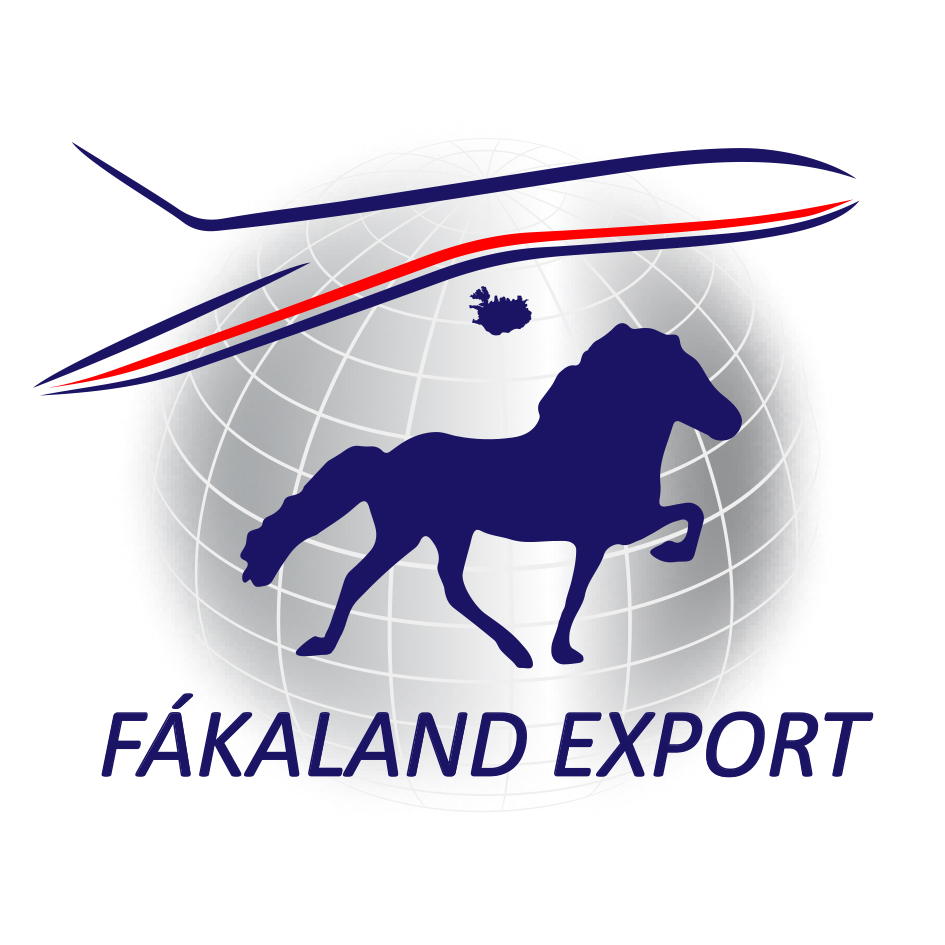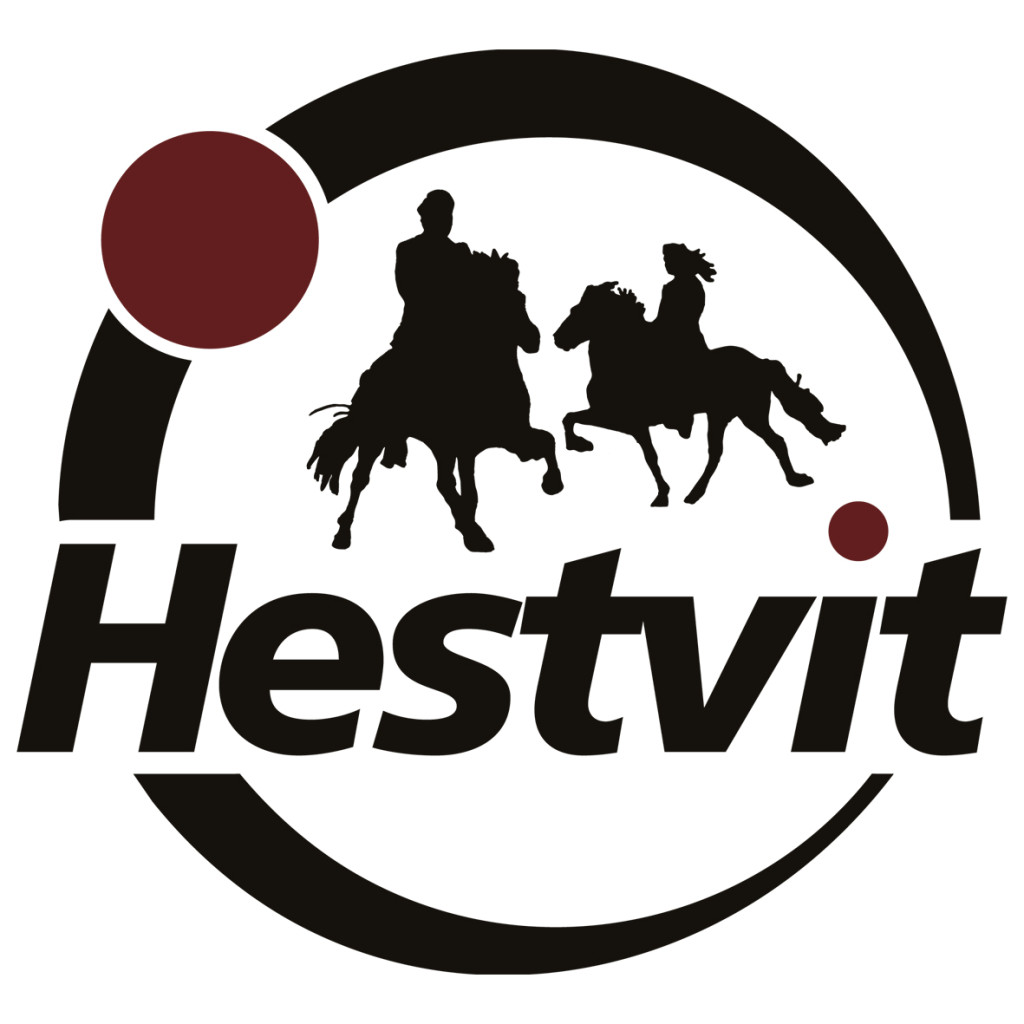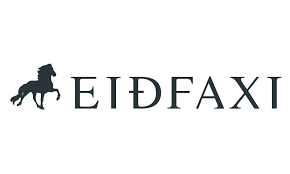Elliðaárdalur is an oasis in the heart of the city where people walk their dogs, runners and bikers rush by and fishermen try to their luck for salmon in the river while hungry Arctic terns hover overhead. Nearby, in the club area of Fákur in Víðidalur, Landsmót – the National Icelandic Horse Competition is taking place (July 1-8). Well-dressed riders on their shiny steeds ride between tracks to warm up their horses. Visitors walk or cycle around the competition area and grab a bite at one of the many eateries. There’s a buzz in the air.
Alongside the main program, various events are taking place inside the Horses of Iceland tent. During the opening weekend, contestants in the youth competition are invited there to accept recognition for their participation.The President of Iceland, Guðni Th. Jóhannesson bids them welcome: “It’s good to see that the young generation enjoys horsemanship, to go out riding and take care of the horses is part of being an Icelander. To grow up in a field with the Icelandic horse; nothing is more Icelandic than that!” When the around 120 kids have received their presents, singer Magni and his band get the party started with some classics. Then rappers Jói Pé & Króli take over and the heat is on!
The first few days, the weather isn’t great, but horse lovers won’t let a little rain keep them away from the tracks. “Horse nerds, they show up regardless of the weather,” comments Jelena Ohm, Horses of Iceland’s project manager, in between talking with visitors taking shelter from the rain. A presentation by Vilfríður Sæþórsdóttir on measuring the physical ability of riders is coming to an end and two young men are testing their strength and jumping power. “We lost track of time while watching the breeding show,” a couple in ponchos, who had planned to attend the lecture, admits.
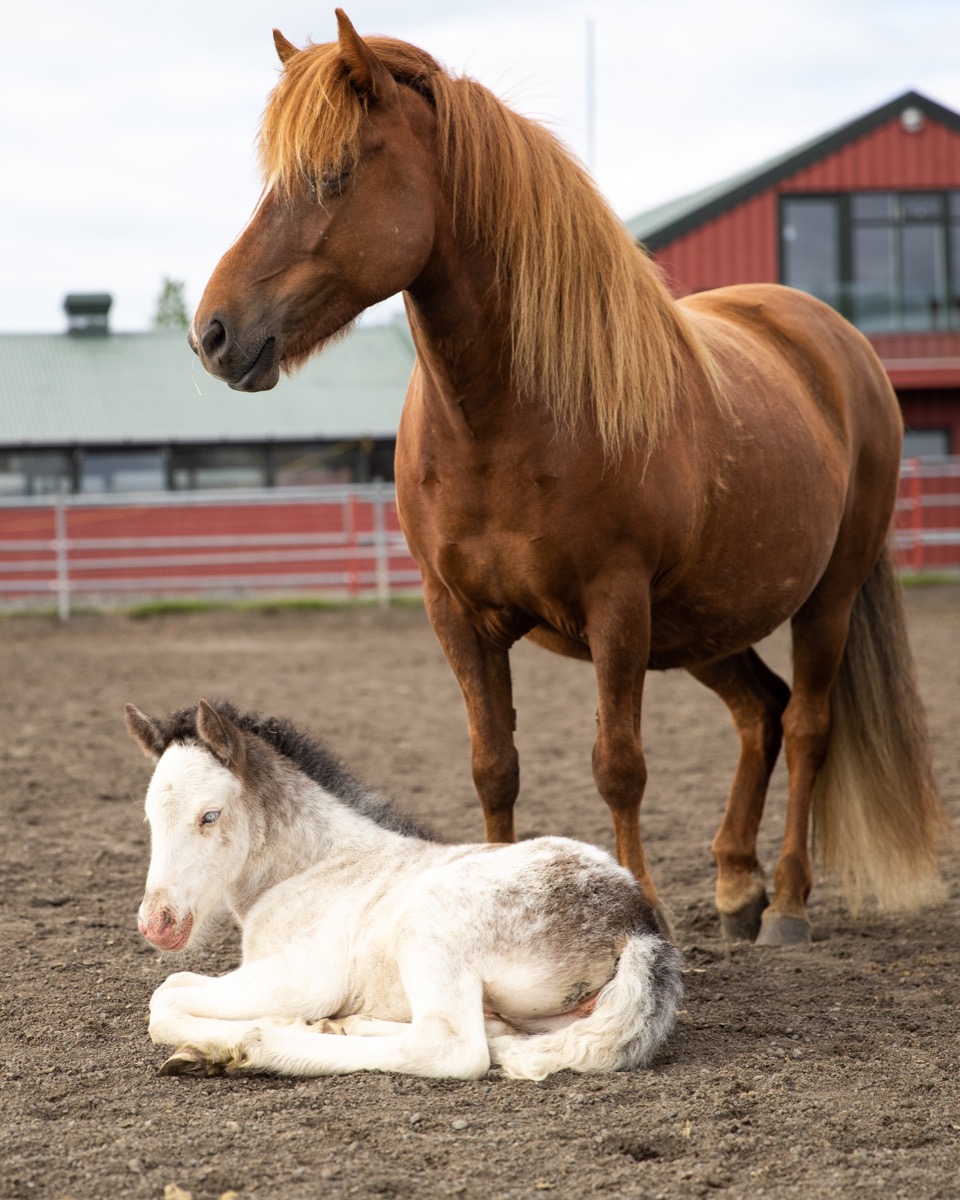 The slope above the main track is usually packed. Couples with infants as well as ministers are there to observe the brilliant horses demonstrate their skills. Spectators converse in a low voice, expressing their admiration for the riders and horses in various languages, with exclamations and applause.
The slope above the main track is usually packed. Couples with infants as well as ministers are there to observe the brilliant horses demonstrate their skills. Spectators converse in a low voice, expressing their admiration for the riders and horses in various languages, with exclamations and applause.
When there’s a break in the program, people walk over to the Horses of Iceland paddock where demonstrations are going on, among others by Hólar University College of the Icelandic riding levels, and Caeli Cavanagh and her horse Þeyr of liberty training. “I try to imagine the natural circumstances under which the horse would make this movement,” explains Caeli. She puts her head down and imitates an angry mare in the herd to make the horse move away. Þeyr isn’t paying attention and Caeli laughs. “Come on buddy, do this demonstration with me.” Now Þeyr is with her and backs off at her signal. Little by little, the act can be reduced to a simple signal, Caeli elaborates. She says Icelandic horses are particularly receptive to liberty training because they grow up learning body language in the herd, while that isn’t always the case with horses of other breeds.
The lectures in the tent prove popular as well. Laura Bas Conn’s seminar on genetic research of pace-racing Icelandic horses draws a crowd, as does Þorvaldur Kristjánsson’s lecture on the gait keeper mutation. Visitors are also eager to catch animal nutritionist Rob Krabbenborg’s presentation on feeding mares and foals and Team Hrímnir’s riding demonstration.
Recordings of all lectures are now available on the Horses of Iceland Facebook page and they have already been watched by thousands of horse enthusiasts from around the world. However, the most popular video is of Steggur frá Hrísdal, showing the winning B-final tölt in slow motion. It has gone viral.
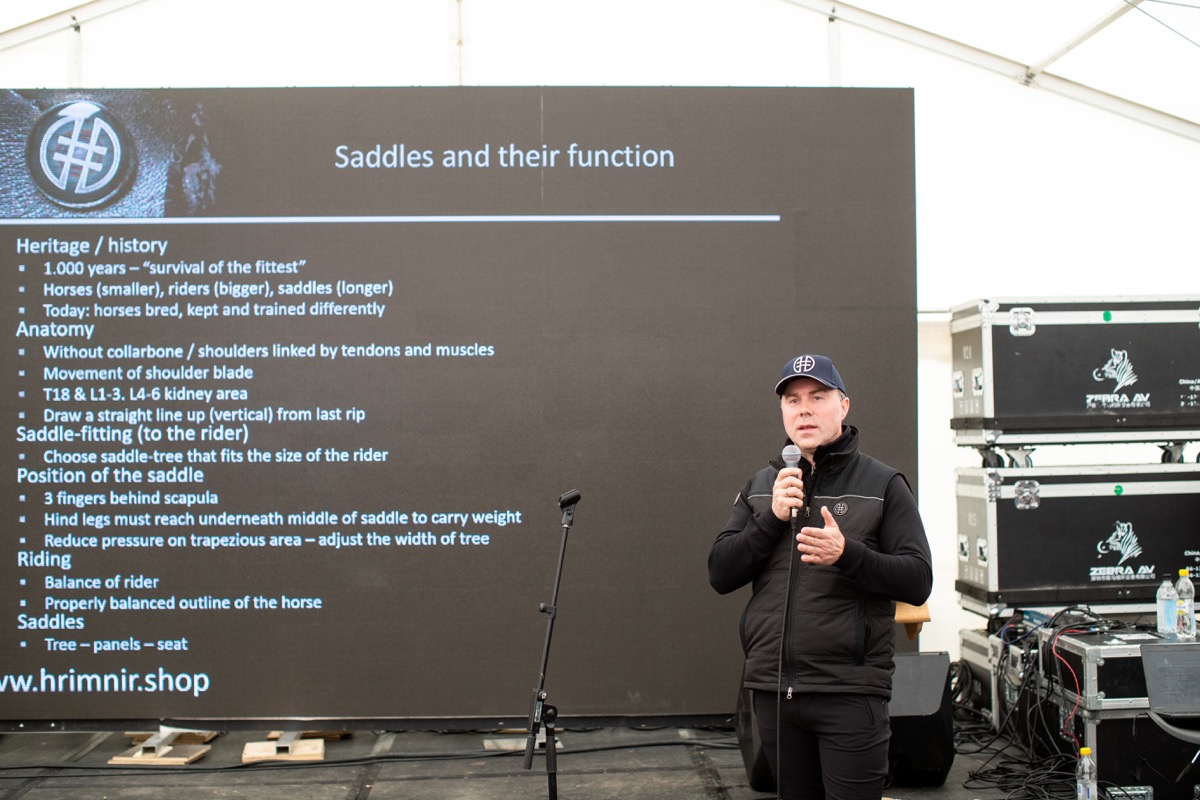 The reputation of the Icelandic horse travels far and wide. Foreign journalists who attended Landsmót on the invitation of Horses of Iceland will present its brilliance to people used to watching horses of other breeds competing in other disciplines.
The reputation of the Icelandic horse travels far and wide. Foreign journalists who attended Landsmót on the invitation of Horses of Iceland will present its brilliance to people used to watching horses of other breeds competing in other disciplines.
As Landsmót comes to an end, most agree that it was a great success – despite the weather – and that there are many highlights. Now everyone can start looking forward to Landsmót 2020 in Hella, South Iceland.
Text: Eygló Svala Arnarsdóttir.
Photos: Gunnar Freyr Gunnarsson.











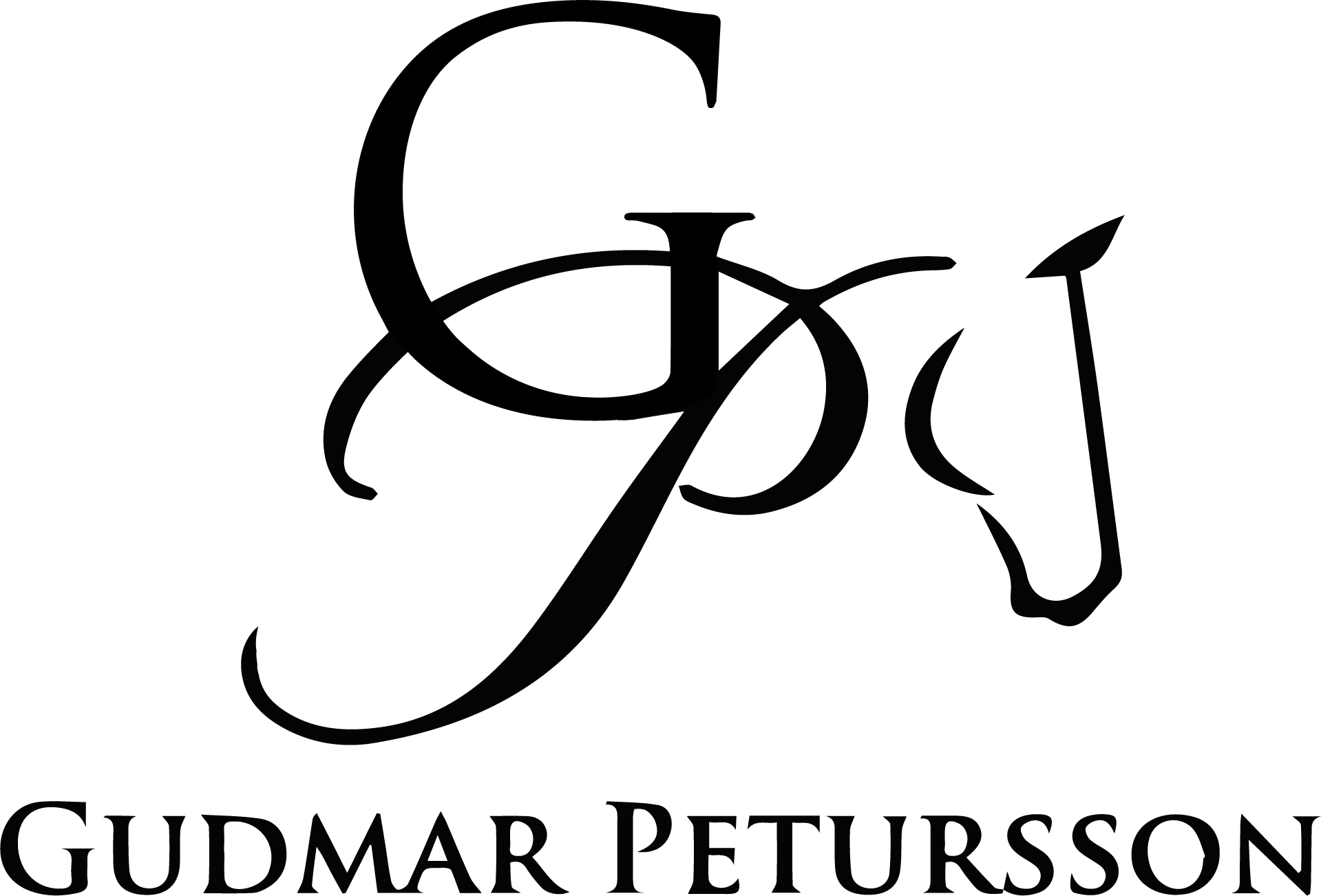





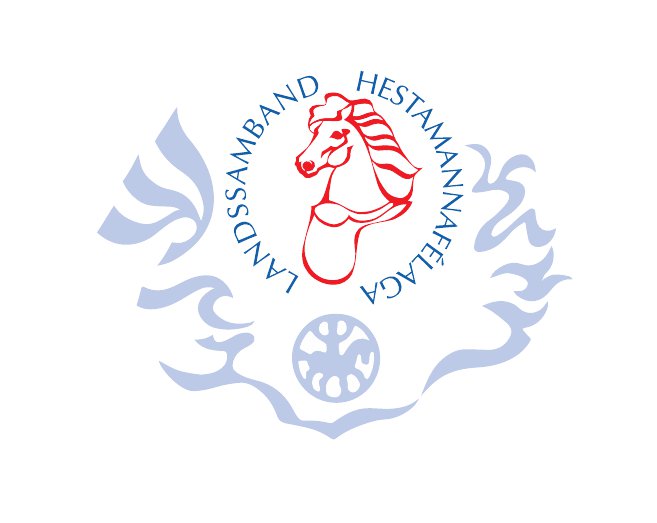

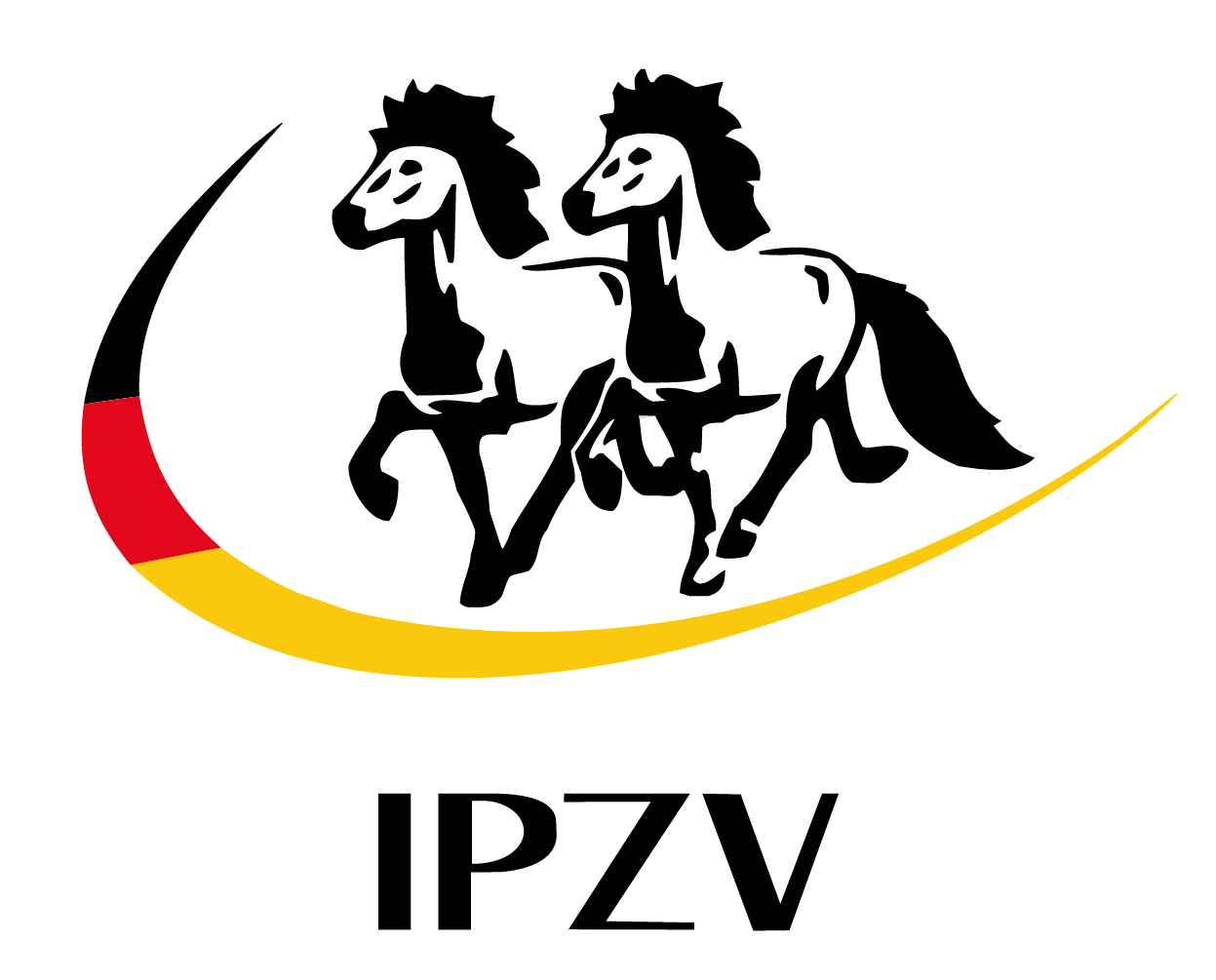

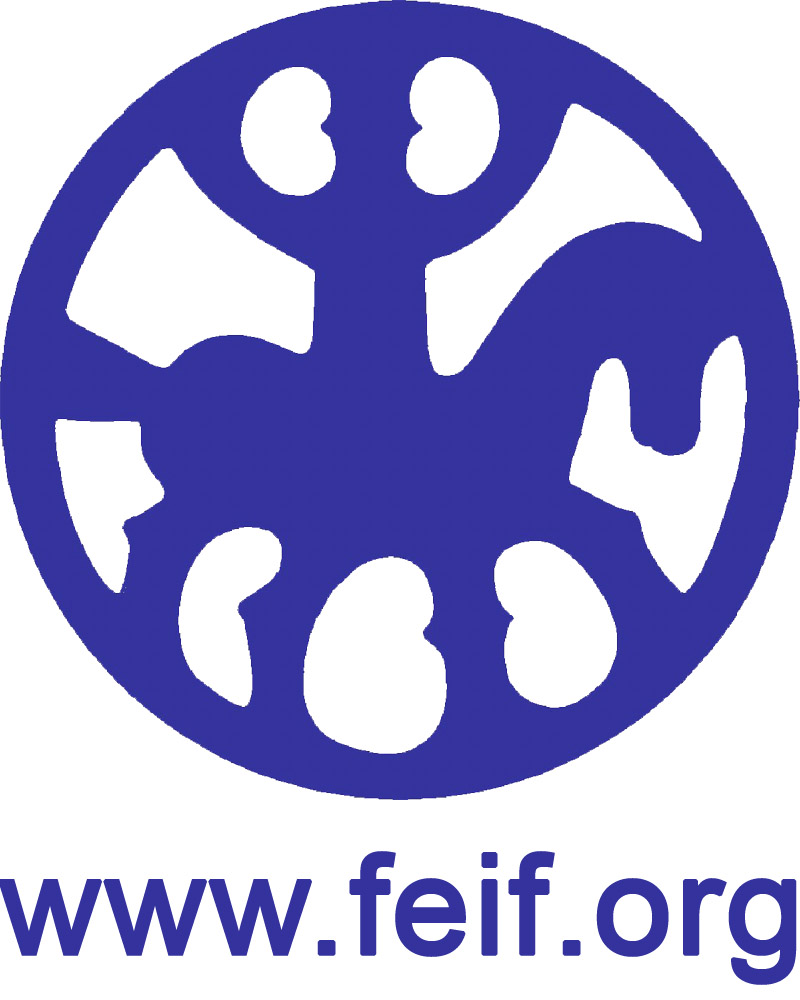
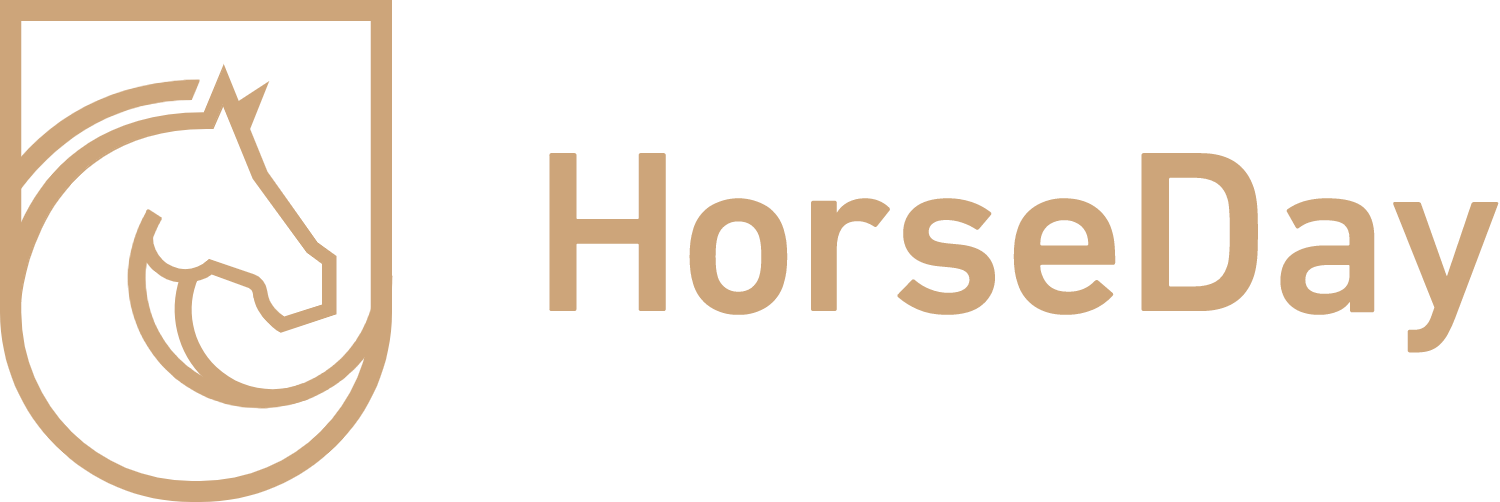
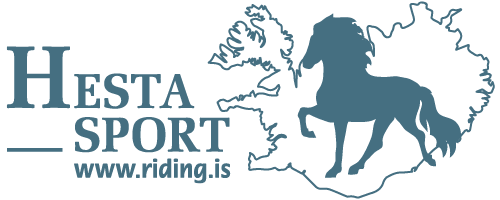


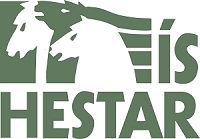

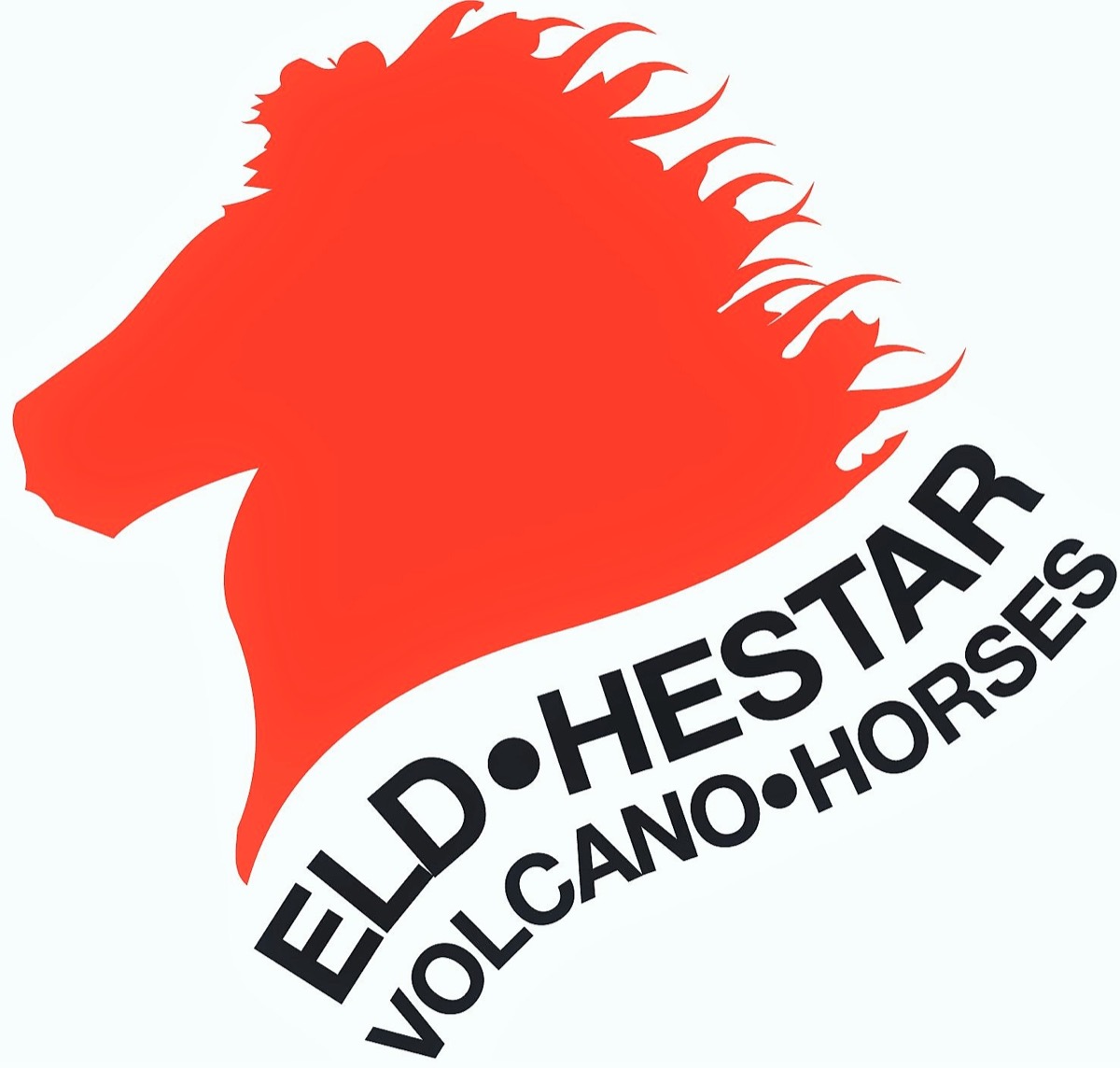


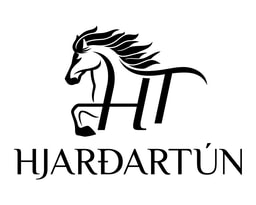
-1.jpg)
